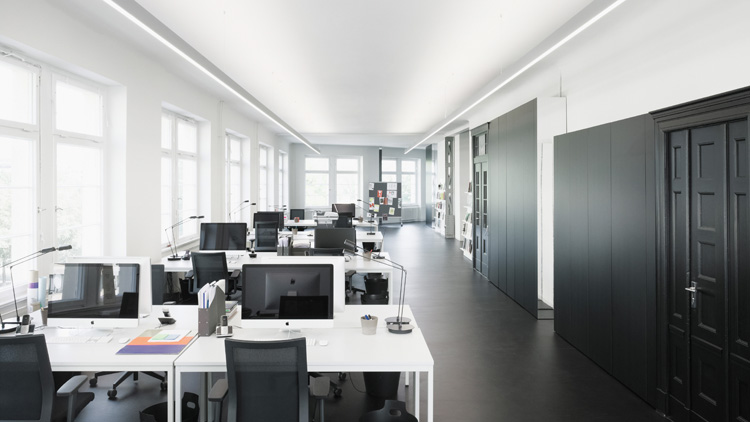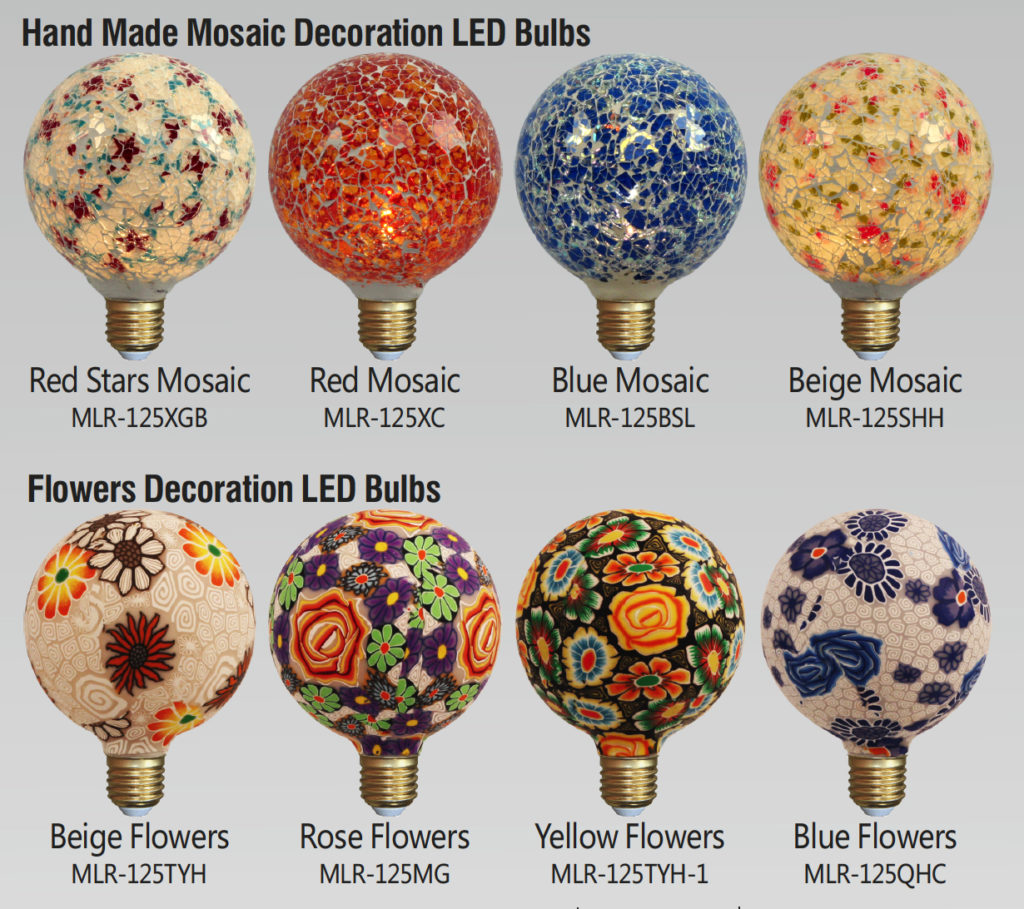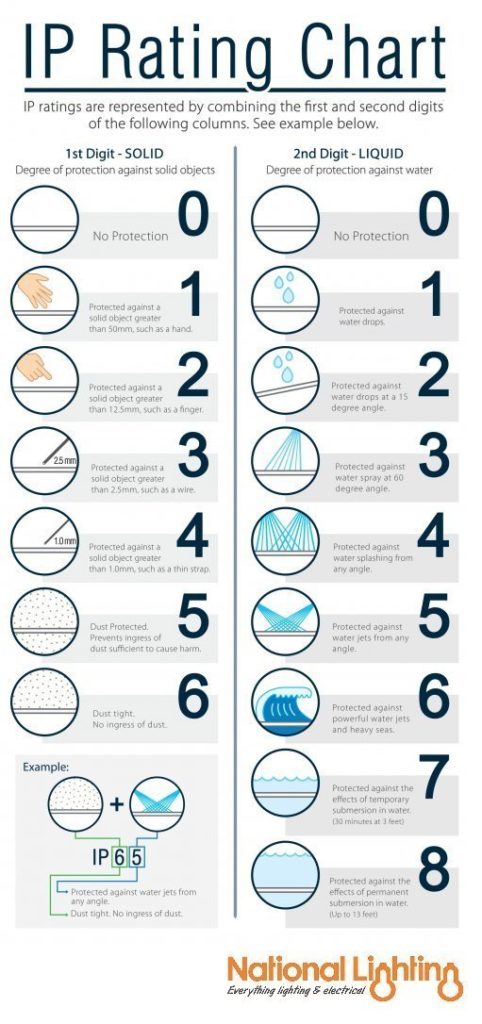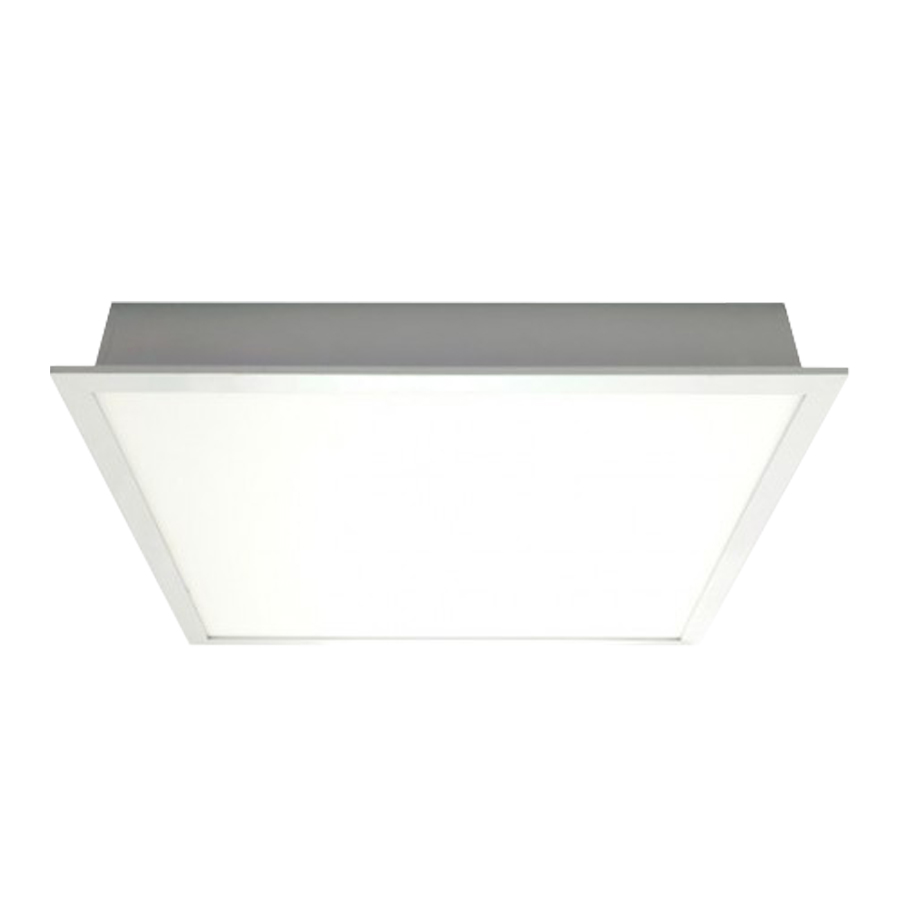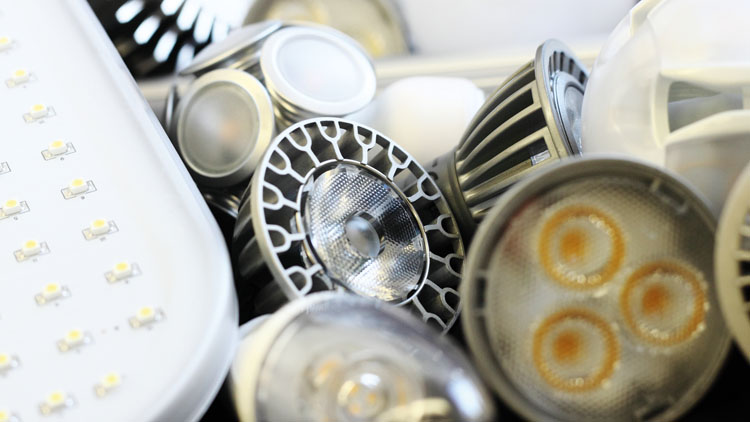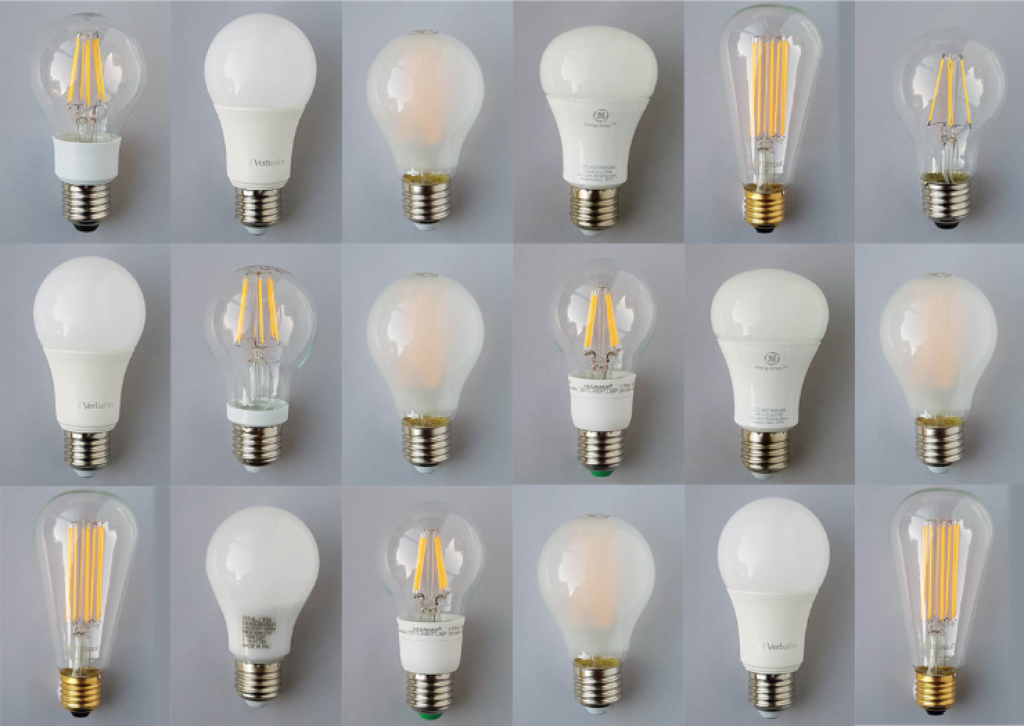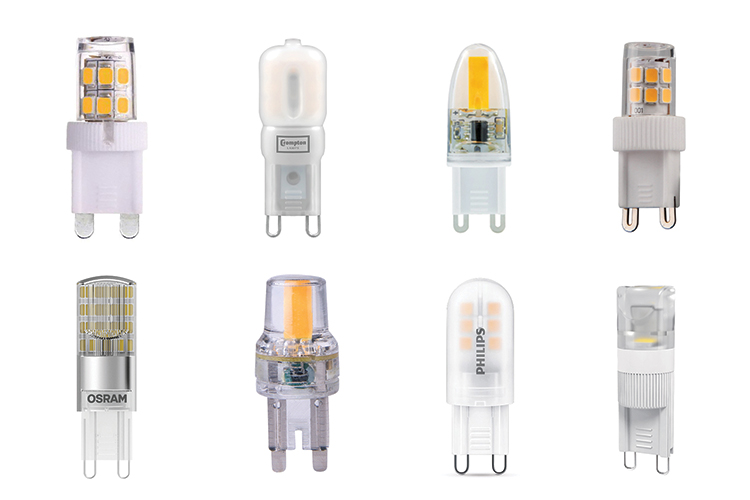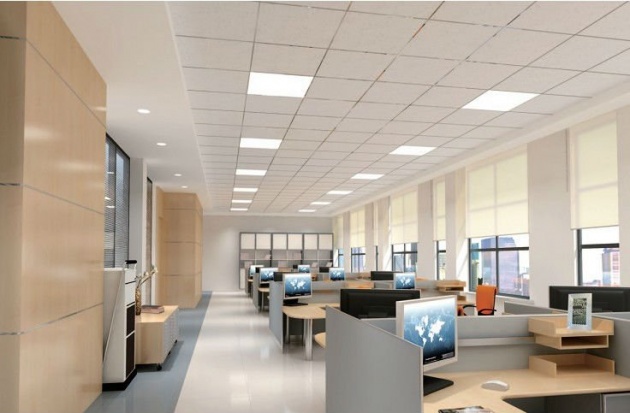It’s summer and there’s light all around us – we take it for granted until those dark winter months come along. The sheer lack of sunlight can be depressing. Every year we experience this longing for summer, craving those long, bright days when we feel energetic and in a good mood. The sad news is, we’ve again passed the longest day of 2015, but the good news is that the right artificial lighting in your workplace can help you through.
Good lighting creates pleasant working conditions in a functional and atmospheric way. Satisfaction and efficiency will improve if you make sure you have enough daylight intake and a well-lit office space. Plus, your productivity will be positively affected by well-designed illumination. Artificial lighting that does not just help you see, but also meets your biological lighting needs, is the future of office lighting.
Here are six lighting hacks to keep you healthy and alert through those dark winter days.
1 Create atmospheres where your ideas can develop
We’re all attracted to light, and there isn’t any other medium that has as big an influence on our bodies and minds as light. Both daylight and artificial light play a key role in our health and wellbeing.
In companies with a high standard of interior design, productivity can increase”
Increasingly, companies face the question of how they can improve staff wellbeing and create a dynamic, creative and motivating environment. The design of the office space plays a vital role, as evidenced by a study from Germany’s Fraunhofer Institute for Industrial Engineering. The research shows that in companies with a high standard of interior design, productivity can increase by up to 36 per cent. Who wouldn’t like to see their efficiency skyrocket?
Additionally, comprehensive research from the Light Right Consortium, came to the conclusion that light increases productivity.
Only around 70 per cent of the interviewees stated that working at workstations with purely downward lighting was comfortable. In comparison, 91 per cent found a lighting atmosphere with direct/indirect lighting and a high quantity of vertical lit surfaces pleasing. Moreover, if the desk light is individually controllable, people feel motivated and work with greater accuracy.
TIP: Create a lighting atmosphere with direct and indirect lighting. Avoid having only downwards-directed illumination
2 Light for people, not just tasks
Lighting is often just seen as a necessity to enable us to see, but in fact it has many more qualities than the obvious ones. We should move away from just thinking of lighting for tasks and focus on creating light settings for people. Today, most people work indoors, and spends almost the entire day inside, in an unnaturally dark setting. Our light intake is responsible for sleeping and feeling well, and affects our productivity. When there is a lack of natural light to help us tell the time of day, then our circadian rhythm (body clock) loses its pace, with tiredness and listlessness as a result.
Light sets the mood / Photo: Vanessa Pedroso
We constantly find ourselves surrounded by light. It is much more than just illumination. It inspires, attracts, enables communication, sets a mood, and has emotional qualities. When this knowledge transcends into our built environment, pleasant atmospheres are created. Think of a visit to a theatre, a restaurant, or nightclub. These experiences are shaped by light. Good lighting enhances the mood and desirability of spaces, consequently contributing to people’s sense of wellbeing. Every building and space expresses and communicates an identity, and sometimes also a corporate value. Good lighting should be a part of this, because what other component can enhance an atmosphere as much as light can?
TIP: Create a mixture of different lighting. This will guarantee flexible change of light setting. Use illumination that supports a space’s identity
3 From homo sapiens to homo officunus
In today’s world, we spend many hours working in biotopes – surroundings created by humans”
In today’s world, we spend many hours working in biotopes – surroundings created by humans. Instead of trying to adapt ourselves to our creations, we should adapt these biotopes to our needs. Sufficient light is one of those needs.
So how can you create a setting that increases your satisfaction and productivity? Here are a few guidelines:
- Take the biological quality of lighting into account. Light synchronises the circadian rhythm. It influences our sleep-wake cycle and this has a big influence on our health and productivity.
- Adapt the lighting to the daytime and season, as well as to the individual needs of the user.
- Vertical surface illumination, preferably on large wall surfaces, is vital to create a sense of space and depth. It also gives a visual resting point for the eyes and adds a pleasant atmosphere to the working environment.
Too often, office environments are insufficiently lit, not only from the perspective of biological lighting needs but also from an architectural one, where the room feels smaller due to inadequate lighting.
The graph below shows how office workers assessed their working environments – showing which aspects are important to them and how satisfied they are with each aspect. As you can see, lighting is rated the most important of all the aspects mentioned, but there’s plenty of room for it to improve.

Data based on a study from Sedus together with the research institute Hagstotz ITM
TIP: Have a light for general illumination, a standing luminaire that uplights the ceiling and a desk light
4 Get the best spot in the house
Are you based in a co-working space? And is there a flexible desk policy? Choosing the right spot in the house can go a long way.
Pick a place with a lot of daylight. It is recommended that around three per cent daylight reaches a person’s working area. However, in most offices this is not the case. Daylight gives an emotional quality to a space and the possibility to look outside is an added bonus. If you can, choose a spot near the window. But make sure that there is sun shading to prevent harsh reflections on your computer screen.
TIP: Take the window seat, north, east or west facing
5 Light against the blues
About 80 per cent of all information is taken in through our eyes. Until recently it was believed that our eyes used two kinds of photoreceptors – rods and cones – to receive light, but a decade ago, a third kind, called ganglion cells, was discovered. Unlike rods and cones, these cells do not contribute directly to our sight; they are nevertheless light dependent and help to regulate our circadian rhythm. So light is not just a prerequisite for seeing, but is also an important zeitgeber (timer) and a regulator for our bodies.
Unfortunately, we often don’t get the light intake we actually need, especially during the darker time of the year, resulting in the winter blues or seasonal affective disorder (SAD) – a type of depression linked to a lack of light. It leaves people feeling moody and lacking energy. Most people who suffer from SAD benefit from bright light treatment. Even in a workplace setting, light therapy makes people feel more awake and energized. It is found that an illumination that goes up to 2000 lux at the working area in the morning and the afternoon, reduces the physiological reaction of stress and gives an energising effect to the body.
In comparison, most working areas are lit to a standard 500 lux. If you want to check the amount of lux at your desk, download a lux meter app. It’s not very precise, but it gives you an idea on how little light we actually have indoors.
Daylight (10000K) and sunset (2000K) / Photo: Sabine De Schutter
Not only is a higher quantity of light needed, but also the colour temperature of the lighting plays a role.
The artificial lighting should correspond to the colour temperature of the daylight. At noon the sky’s colour is a very cool 10000K but at sunset it is a much warmer 2000K. Additionally lighting should reflect indirectly into the eyes from large surfaces, such as walls and ceilings.
TIP: Try to catch enough daylight at any time of the year. Go outside for a break, get off a stop earlier from the subway and walk the rest of the way to the office. You should have at least half an hour of daylight a day
6 Light, coffee, action!
When you work late on a computer or tablet it can be difficult to sleep afterwards. The cause of this is the high blue content of backlit screens”
A deadline and still a lot of work ahead, no time to sleep! As lighting can disrupt your sleeping pattern, it can also boost your activity. If you have already followed the above-mentioned advice for biologically effective lighting than you’re already on the right path. If you need to pull an all-nighter, increase the light intensity and the quantity of bluish white light in the room. Almost done with your work? Change the setting to warm, low-intensity lighting, which will calm you down.
You might also have experienced that when you work late on a computer or tablet it is difficult to sleep afterwards. The cause of this is the high blue content of the backlit screens. Blue light at night causes an out-of-phase circadian rhythm, and is a health hazard. So use this lighting hack consciously. There are some applications you can install that correlate the screen’s brightness and colour, to the daylight of your location. F.lux, for example, works on most systems, or the Twilightapp reduces the amount of blue lighting on your Android phone.
TIP: Have different lamp types and colour temperatures at your working area. Warm light sources at your desk can be combined with indirect and general lighting with different colour temperatures, for example 3500K and 5000K

